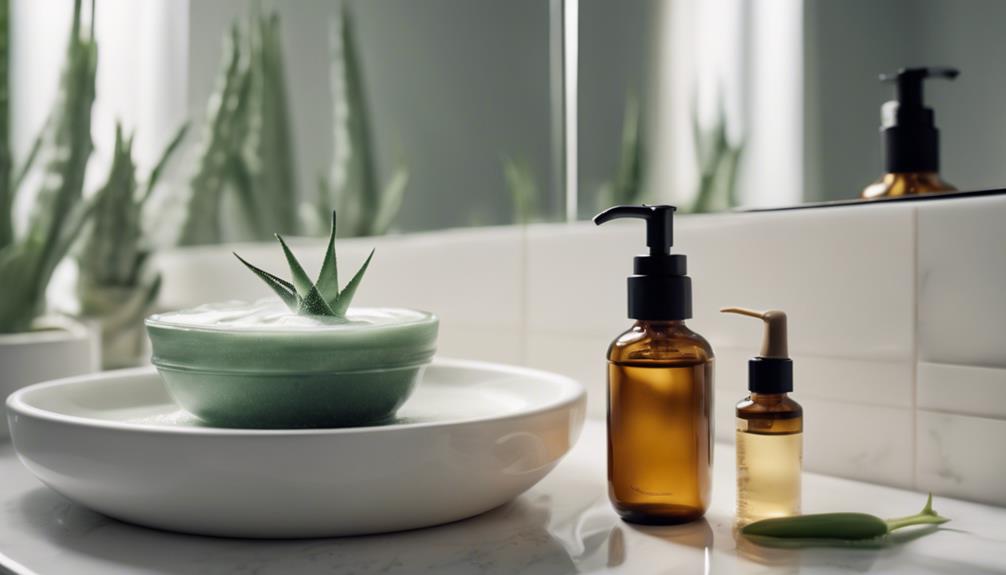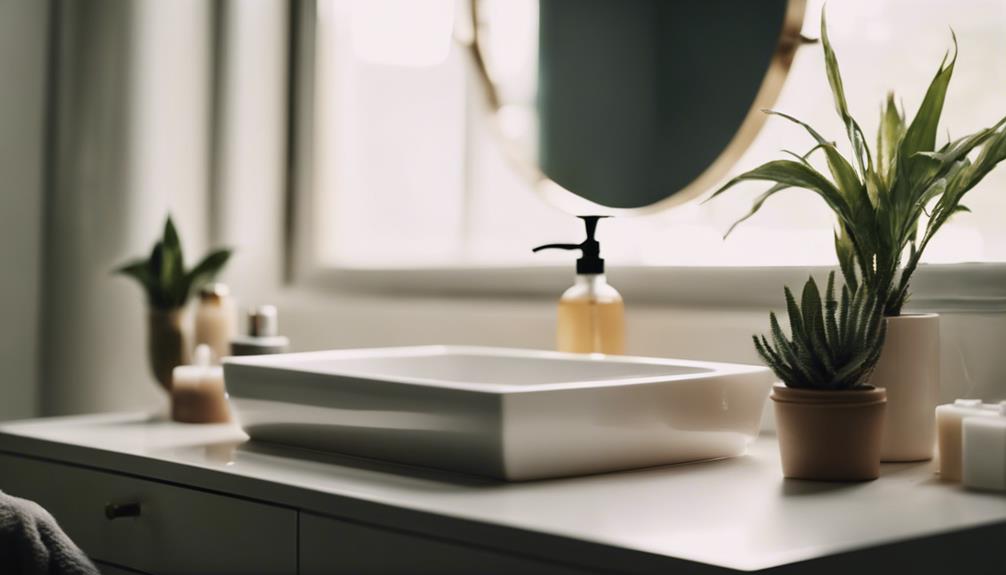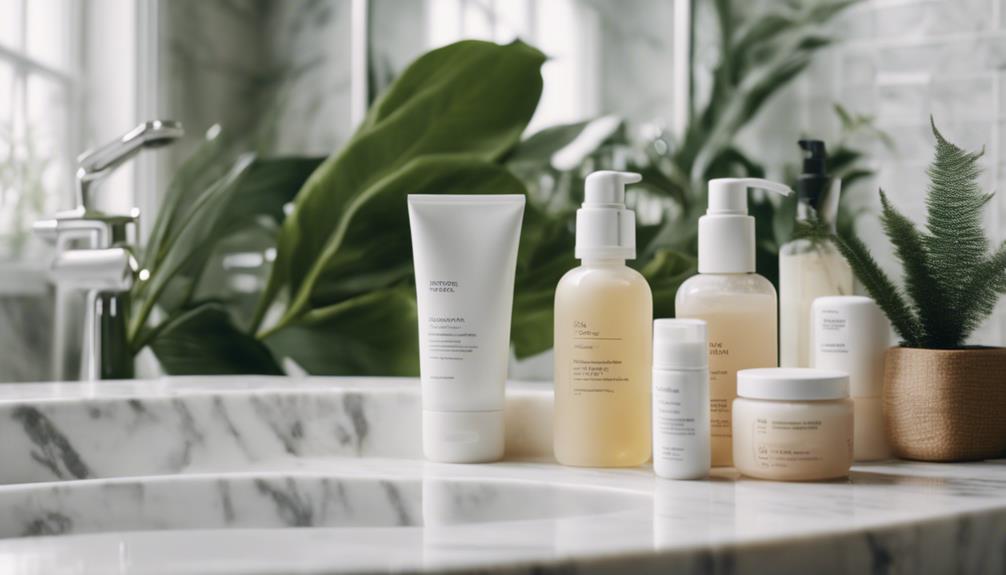To get the most out of tretinoin, start by using a gentle cleanser and allowing your skin to dry for 20-30 minutes. Apply a small amount of tretinoin to specific areas, using the ‘sandwich method’ of moisturizing before and after. Begin with 2-3 applications per week, gradually increasing to nightly as your skin becomes accustomed. Expect some initial irritation, which can be minimized by using a lower concentration and staying well hydrated. Remember to apply daily sunscreen with at least SPF 50, as tretinoin makes your skin more sensitive to the sun. Explore additional tips to enhance your skincare routine for optimal results.
Key Takeaways
- Start with a gentle, alcohol-free cleanser to prepare your skin before applying tretinoin.
- Allow your skin to dry completely for 20-30 minutes to enhance tretinoin absorption.
- Use a pea-sized amount of tretinoin and apply it carefully, avoiding sensitive areas.
- Implement the 'sandwich method' by moisturizing before and after applying tretinoin to reduce irritation.
Understanding Tretinoin and Its Benefits
Tretinoin, a powerful derivative of vitamin A, boosts skin cell turnover and offers impressive benefits for both acne and signs of aging. When you apply tretinoin as part of your skincare regimen, you'll be on your way to achieving smoother and healthier skin. This potent treatment not only addresses acne but also helps reduce dark spots and improve overall skin texture.
One of the key benefits of tretinoin is its ability to stimulate collagen production, which enhances skin elasticity and diminishes fine lines and wrinkles. As you incorporate tretinoin into your routine, expect to see noticeable improvements in your skin within 2-3 months for acne treatment and up to 6 months for anti-aging effects.
Initially, you might experience some breakouts, often referred to as the 'tretinoin purge.' This is a normal part of the process as your skin adjusts and sheds old cells. Don't be discouraged; this means the treatment is working!
With consistent use, you'll appreciate the transformative benefits of tretinoin, leading to clearer, more youthful-looking skin.
Who Should Use Tretinoin
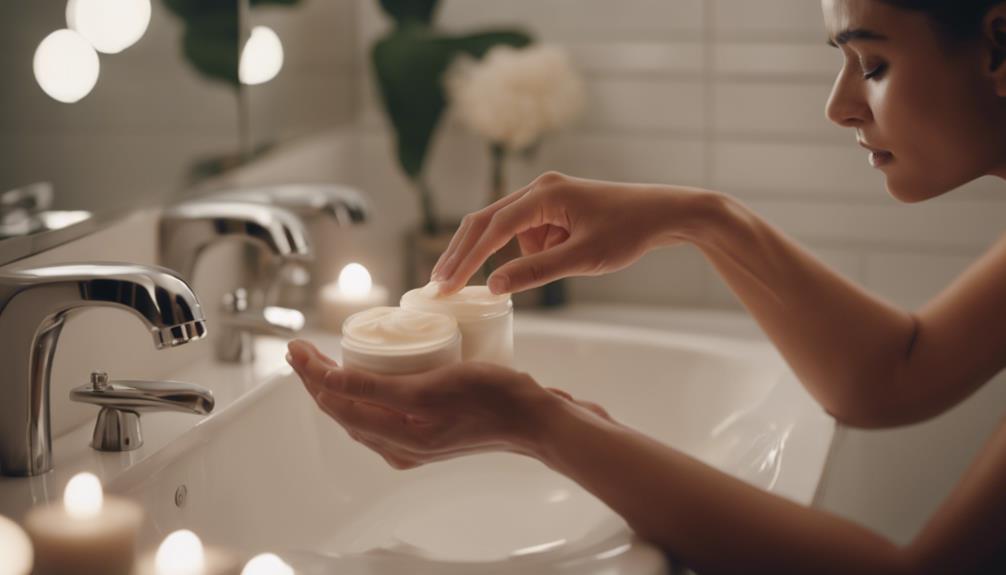
If you're over 35 and dealing with signs of aging or severe acne, tretinoin could be a game-changer for your skincare routine. This powerful ingredient enhances skin texture and targets fine lines, making it ideal for individuals experiencing photo-aging or hormonal changes. Tretinoin use is FDA-approved for acne treatment, offering significant benefits for those struggling with breakouts.
However, it's crucial to evaluate your skin type before diving in. If you have sensitive skin conditions like eczema or rosacea, tretinoin isn't recommended, as it can exacerbate irritation. In such cases, starting with over-the-counter retinol may be a better option.
To verify tretinoin is right for you, consult your doctor or a healthcare provider. They can assess your skin type and discuss the anti-aging benefits of tretinoin, guiding you on proper usage and expectations.
Integrating Tretinoin Into Your Routine
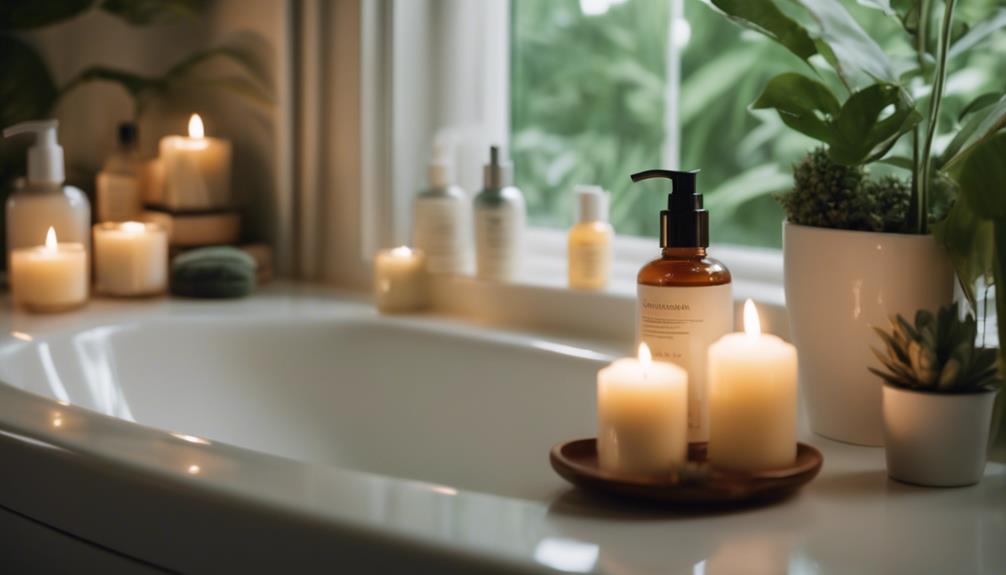
Integrating tretinoin into your skincare routine involves a few key steps to guarantee effective and safe usage.
Start by cleansing your face with a gentle, alcohol-free cleanser. After washing, wait 20-30 minutes for your skin to dry completely to minimize potential irritation. Once your skin is dry, apply a pea-sized amount of tretinoin evenly across your face, steering clear of sensitive areas like your eyes and mouth.
To enhance skin hydration, consider using the 'sandwich method' by applying moisturizer before and after tretinoin. Gradually increase the frequency of tretinoin use from 2-3 times per week to nightly as your skin adapts. Always pay attention to any signs of irritation or dryness.
Incorporate complementary products like hyaluronic acid or niacinamide into your routine. Use these after applying tretinoin or in the morning to help maintain skin hydration and soothe any irritation.
Managing Side Effects and Irritation
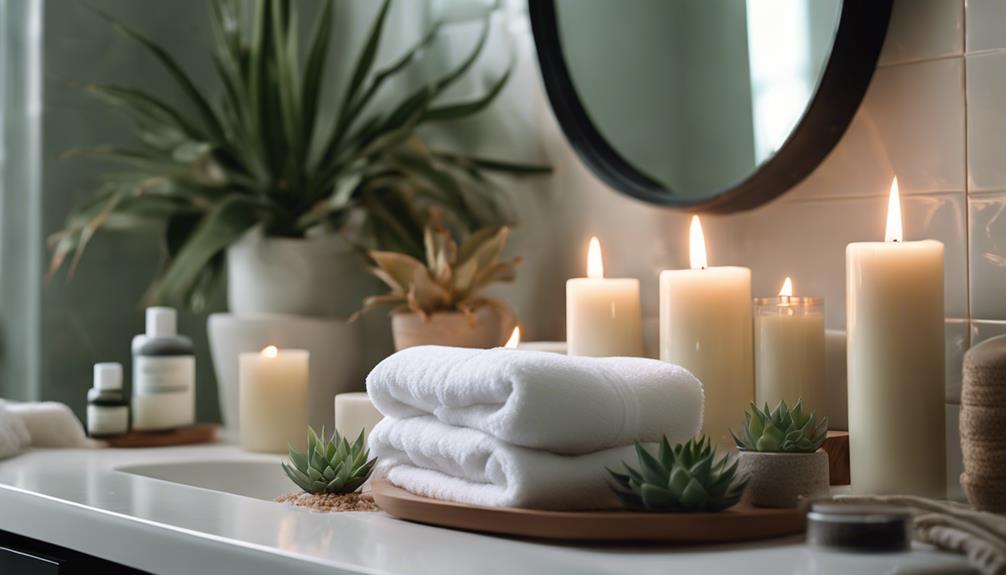
Managing side effects like dryness and irritation is essential for a successful tretinoin experience. You might encounter tretinoin irritation during the first few weeks, often referred to as the 'tretinoin purge.' To ease this discomfort, start with a lower concentration of tretinoin and gradually increase the application frequency as your skin adjusts.
Incorporating a moisturizer into your routine is vital for maintaining your skin barrier. The 'sandwich technique'—applying moisturizer before and after tretinoin—can greatly help in reducing dryness. Additionally, don't forget the importance of sun protection. Tretinoin heightens skin sensitivity, making adequate SPF vital to prevent further irritation.
Here's a quick reference table to help you manage side effects:
| Tip | Description |
|---|---|
| Start Low | Choose a lower concentration of tretinoin initially. |
| Gradual Increase | Increase application frequency as your skin adjusts. |
| Moisturizer Use | Use the 'sandwich technique' for hydration. |
Lastly, consulting with a healthcare provider can provide tailored strategies to cope with side effects, ensuring a smoother journey with tretinoin.
Importance of Sunscreen and Care
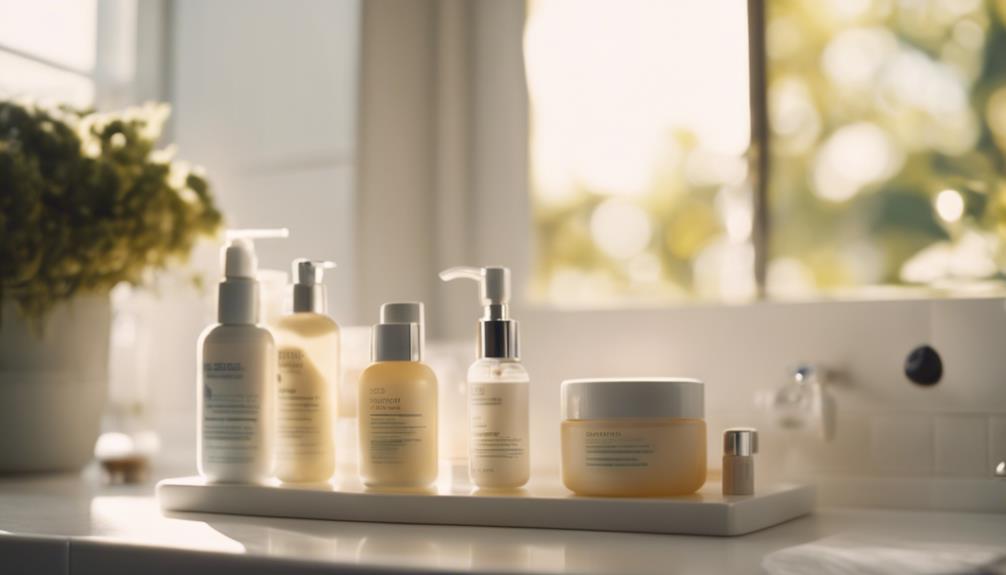
Using tretinoin makes sunscreen a must in your daily skincare routine, as it greatly increases your skin's sensitivity to UV rays.
Daily application of a broad-spectrum sunscreen with at least SPF 50 is essential to protect your skin from harmful UV radiation, which can lead to sunburn and photodamage. Remember, even on cloudy days, up to 80% of UV rays can penetrate, so don't skip this step.
Apply your sunscreen every morning and reapply it every two hours, especially if you're sweating or swimming. This consistent protection helps maintain your skin health while using tretinoin.
Additionally, tretinoin can cause dryness and irritation, so consider incorporating a gentle, hydrating moisturizer into your routine. This won't only help combat dryness but also enhance your skin's overall resilience.
How Can Tretinoin be Incorporated into Different Skincare Routines Based on Skin Type?
Are you unsure how to incorporate Tretinoin into your skincare routine based on your skin type? Take a skincare routine quiz for skin type to get personalized recommendations. For oily skin, consider using a lighter formula or gel-based Tretinoin. Dry skin types may benefit from a moisturizing Tretinoin cream.
Conclusion
Incorporating tretinoin into your skincare routine can feel like planting a seed in the garden of your skin. With patience and care, you'll nurture it into a radiant bloom.
Remember, it's all about balance: embrace the benefits while managing any side effects.
Don't forget sunscreen—it's the sunlight your skin needs to thrive.
Stick with it, and soon, you'll see the transformation you've been dreaming of, revealing a healthier, more vibrant you.
